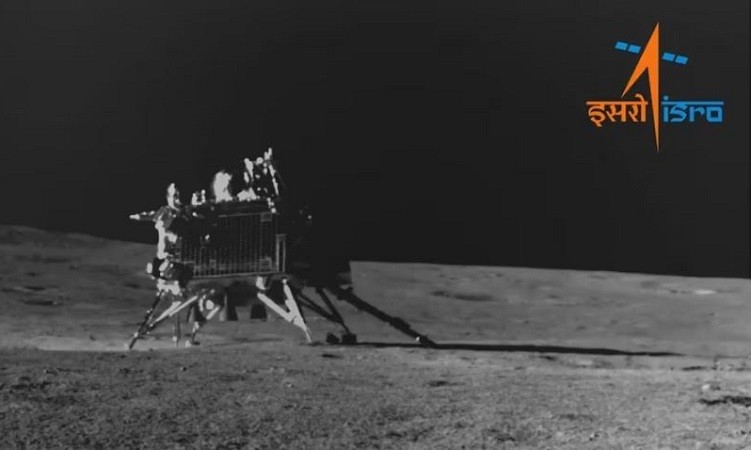
Following the culmination of its meticulously planned mission operations, ISRO initiated a crucial phase on September 4, 2023. During this stage, the Vikram Lander and the Pragyan Rover were gently put into a slumber mode, prompted by a series of commands to power down all instruments and patiently await the lunar night's passage. ISRO's intention was to rouse the mission back to life after the awaited lunar sunrise, which was projected to occur on September 21, 2023. On the Moon, however, the Sun's leisurely traversal of the celestial expanse made this dawn a far more protracted affair compared to Earth's brisk sunrise. ISRO's concerted effort to reawaken the lander yielded no response.
In a global collaborative endeavor, ISRO enlisted the support of vast networks of colossal dish antennas strategically positioned across the world. Moreover, the ground stations located at ESA's spaceport in Kourou, French Guiana, diligently attempted to establish contact with Chandrayaan 3 in the early hours of September 22. Alas, their efforts were in vain, as they received no signals from the silent Vikram Lander. This endeavor to reestablish communication was prematurely interrupted, akin to disconnecting a call before it rings to completion. ISRO, undeterred, expressed its unwavering commitment to persist in its efforts to communicate with the lander.
Onboard the lander, four payloads were installed, of which three remained operational, while the rover carried two payloads. These payloads were responsible for conducting a diverse array of investigations, shedding light on various facets of the lunar surface and atmosphere. However, the lunar night posed a formidable challenge, endangering the functionality of these payloads. Even if some of them managed to endure the harsh conditions, ISRO remains resolute in its determination to prolong the mission. The overarching objective is to amass a wealth of data, optimizing the scientific yield.
The mission's hardware confronted a dual challenge, not only enduring plummeting temperatures during the lunar night but also adapting to the dramatic temperature fluctuations during lunar days. The sensitive electronic components of the mission were not originally designed to withstand such extreme conditions. Chandrayaan 3 was envisaged to last a solitary lunar day, equivalent to 14 Earth days, which it executed flawlessly. Ground tests had offered a glimmer of hope, suggesting that the hardware might spring back to life when exposed to the Sun.
Fuelled by optimism, the ISRO team diligently undertook every conceivable measure to enhance the prospects of the lunar hardware's reanimation. The three solar panels on the Lander were squarely oriented toward the Sun, as was the case with the Rover's solar panel. The Rover, positioned in anticipation of the forthcoming lunar day, was also powered down and stowed away a couple of days ahead of the Lander. Right from the mission's inception, the odds of surviving the lunar night seemed bleak, but ISRO remained undeterred and forged ahead with unwavering determination.